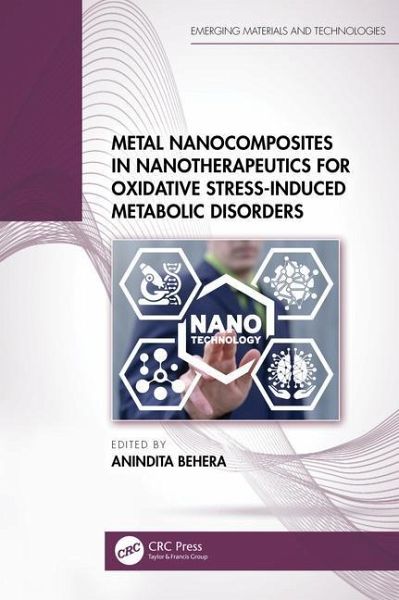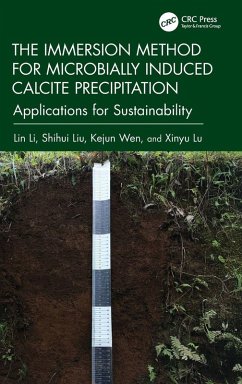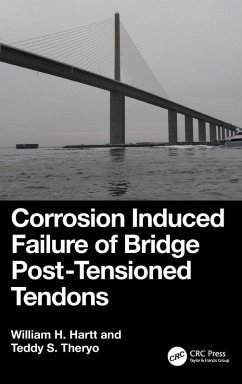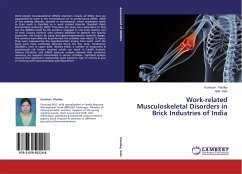
Metal Nanocomposites in Nanotherapeutics for Oxidative Stress-Induced Metabolic Disorders
Versandkostenfrei!
Versandfertig in 1-2 Wochen
188,99 €
inkl. MwSt.
Weitere Ausgaben:

PAYBACK Punkte
94 °P sammeln!
This book highlights the role and mechanism of different metal nanocomposites towards oxidative stress-induced metabolic disorders including metabolic pathways affected by oxidative stress and related pathophysiology. A discussion about the methods of synthesis, characterization, and biomedical applications of metal nanocomposites is included.














